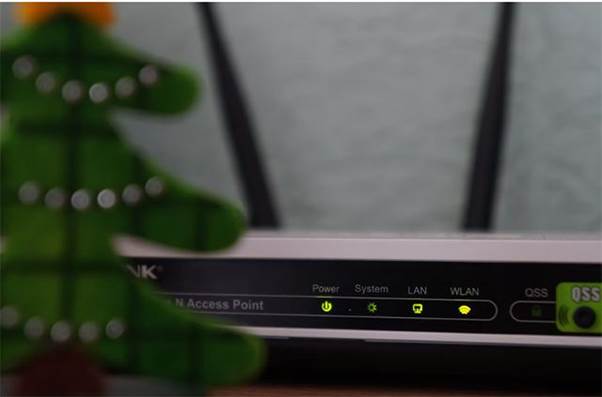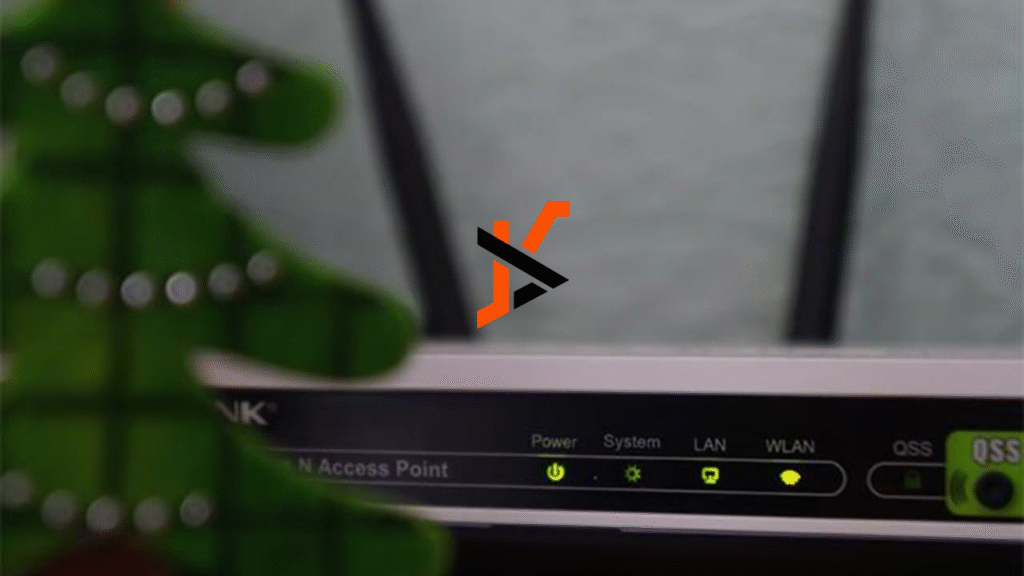You plug it in. It blinks. Wi-Fi appears. Done? Not quite. The average home router, fresh out of the box, is an open invitation to digital intruders. Default settings are convenient, sure—but convenience is a terrible guardian of privacy. If you’re still using the password printed on the bottom of the device, this guide is your wake-up call.
In a 2023 survey conducted by Cybersecurity Ventures, nearly 45% of home users admitted they had never updated or modified their router’s settings after installation. That’s like installing a door with a lock… and giving out copies of the key to random strangers.
Ready to change that? Let’s rewire your digital doorway.

Step 1: Stop Using Default Login Credentials
First thing’s first—your router’s admin login. It’s usually something painfully predictable like “admin/admin” or “admin/password.” That’s not security; that’s stage magic without the illusion.
Do this immediately:
- Type your router’s IP (usually 192.168.1.1 or 192.168.0.1) into your browser.
- Log in using the default credentials (find them in the manual or on the router itself).
- Change both username and password to something complex and unique.
Pro tip: Use a password manager. Memorizing 14-digit passwords with symbols is for robots.
Step 2: Update the Firmware. Yes, Right Now.
Your router’s firmware is its operating system. It controls everything—from how it routes traffic to how it defends itself against exploits. And like any software, it ages. Badly.
Routers rarely update themselves. You need to log in and check manually. Some manufacturers have auto-update options; if yours doesn’t, find the support page, download the latest firmware, and upload it through the router settings.
Outdated firmware is a known entry point for attackers. According to Palo Alto Networks, 58% of router exploits target unpatched vulnerabilities that could be fixed with a single update.
Step 3: Set up VPN on a Router
Although VPN is usually enabled on a specific device, VPN can also be set up on a router. You can get detailed instructions on router privacy configuration from VeePN. In this case, you can protect all devices connected to it, encrypt data during transmission and ensure anonymity. Bypass regional restrictions, reduce service prices, securely connect to media hosting and other things we love about VPN – all in one place, right on the router.
Step 4: Set a Strong Wi-Fi Password with WPA3 (or WPA2 at Minimum)
If your router still offers WEP encryption, that’s like locking your front door with duct tape. Use WPA3 if available; otherwise, WPA2-AES is the standard minimum.
Then, the password: long, weird, unpredictable. Not “ilovepizza” or “12345678.” Aim for 16+ characters with upper/lowercase, numbers, and symbols.
One test: Could a stranger guess it in 10 tries? If yes, start over.
Step 5: Disable Remote Management & UPnP
Remote management lets you access your router’s admin panel from anywhere on the internet. Handy, yes. Dangerous, absolutely. If you don’t need it—and most home users don’t—turn it off.
Same with UPnP (Universal Plug and Play). While it allows for convenient device connectivity (like gaming consoles), it’s notorious for enabling unverified devices to punch holes in your network’s defenses without you knowing.
Disable both. Sleep better.
Step 6: Create a Guest Network – Keep Visitors Contained
Visitors should never share your main network. Why? Because their devices might be infected. Your cousin’s laptop from 2012? Malware playground.
Create a separate guest network. Give it a different password. Enable client isolation if available—this prevents guests from accessing each other’s devices.
Name it “guest_dungeon” if it helps you remember it’s walled off. That’s your internal moat.
Step 7: Monitor Connected Devices – Regularly
Routers today often come with a “Device List” panel. Use it. Scroll through it weekly. Do you recognize every connected device?
No? Investigate. Kick it off. Change the Wi-Fi password if needed.
Some modern routers even allow for push notifications when a new device joins. Enable that setting. If your router lacks that feature, consider upgrading—security evolves, and so should your hardware.
Step 8: Disable WPS – It’s a Backdoor in Disguise
Wi-Fi Protected Setup (WPS) was designed to make connecting new devices easier. Press a button or enter a PIN and boom—connected. Problem is, that convenience can be abused.
WPS vulnerabilities are well-documented. Turn it off unless you like the idea of someone brute-forcing your PIN from the sidewalk.
Step 9: Use a Static IP for Admin Access
Dynamic IPs change. Static ones don’t. For admin access, use a specific static IP on your network and restrict admin control to only that address. This way, even if someone accesses your network, they’ll still need to spoof your IP to reach the control panel.
A bit technical? Yes. But your router deserves that level of protection.

Step 10: Set Up a Firewall and Enable Logging
Your router may have a built-in firewall—enable it. Some even let you configure traffic rules or port filtering.
Also: Turn on logs. You may not check them daily, but when something seems off, those logs can reveal patterns, devices, or connections you didn’t authorize.
Step 11: Rename Your Network SSID – But Smartly
You know that network name “NETGEAR123” you’ve been broadcasting? It screams, “I haven’t configured this properly!” And hackers are listening.
Change your SSID (network name), but avoid including personal info like your name, address, or anything identifiable. Something neutral and unguessable is best.
Examples:
- Good: “blue_jacket_72”
- Bad: “Johns_WiFi” or “Apartment_12B_Network”
Bonus: Disabling SSID broadcasting is an option, but it’s more security theater than actual defense. Still, it’s something to consider if you want stealth mode.
Final Thought: Home Network Security is a Habit, Not a Task
You don’t secure your router once and forget it. Like brushing your teeth, it’s about maintenance. Firmware updates, password audits, reviewing device connections—make them part of your monthly tech routine.
And don’t forget: just because you’re not a target today doesn’t mean you won’t be tomorrow. The internet never sleeps, and neither do bots scanning for vulnerable routers.
Do it right once. Maintain it forever. Or, don’t—and hope your neighbor isn’t running a bitcoin miner on your bandwidth.

